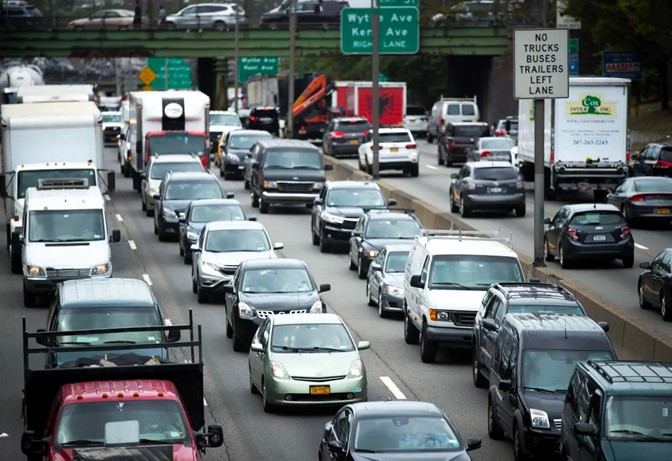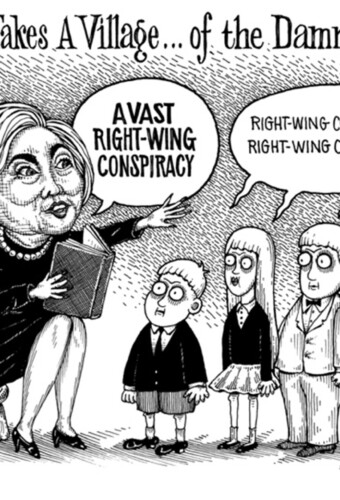
Op-Ed by NYS Senator Jack M. Martins

Some politicians give out “candy.” Some give out “medicine.” That’s the nature of politics. But what’s unacceptable is giving people medicine and telling them it’s candy.
That’s what Governor Hochul’s doing with congestion pricing. As is often the case with problematic legislation, the plan’s sponsors are concealing the real objective. Instead, they appeal to us with noble causes and promises of feel-good results. In this case we’ve been told the new tolls will discourage vehicle usage and ease midtown congestion while compelling commuters to make greater use of mass transit. Our transit system will be flush with cash, gas emissions will be reduced, our air will be cleaner, and New York will be a green leader. We’ll be more energy independent and less reliant on foreign oil, all of which underscores the larger message that together we can preserve our planet.






